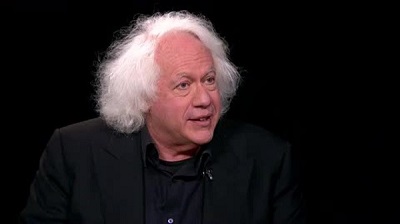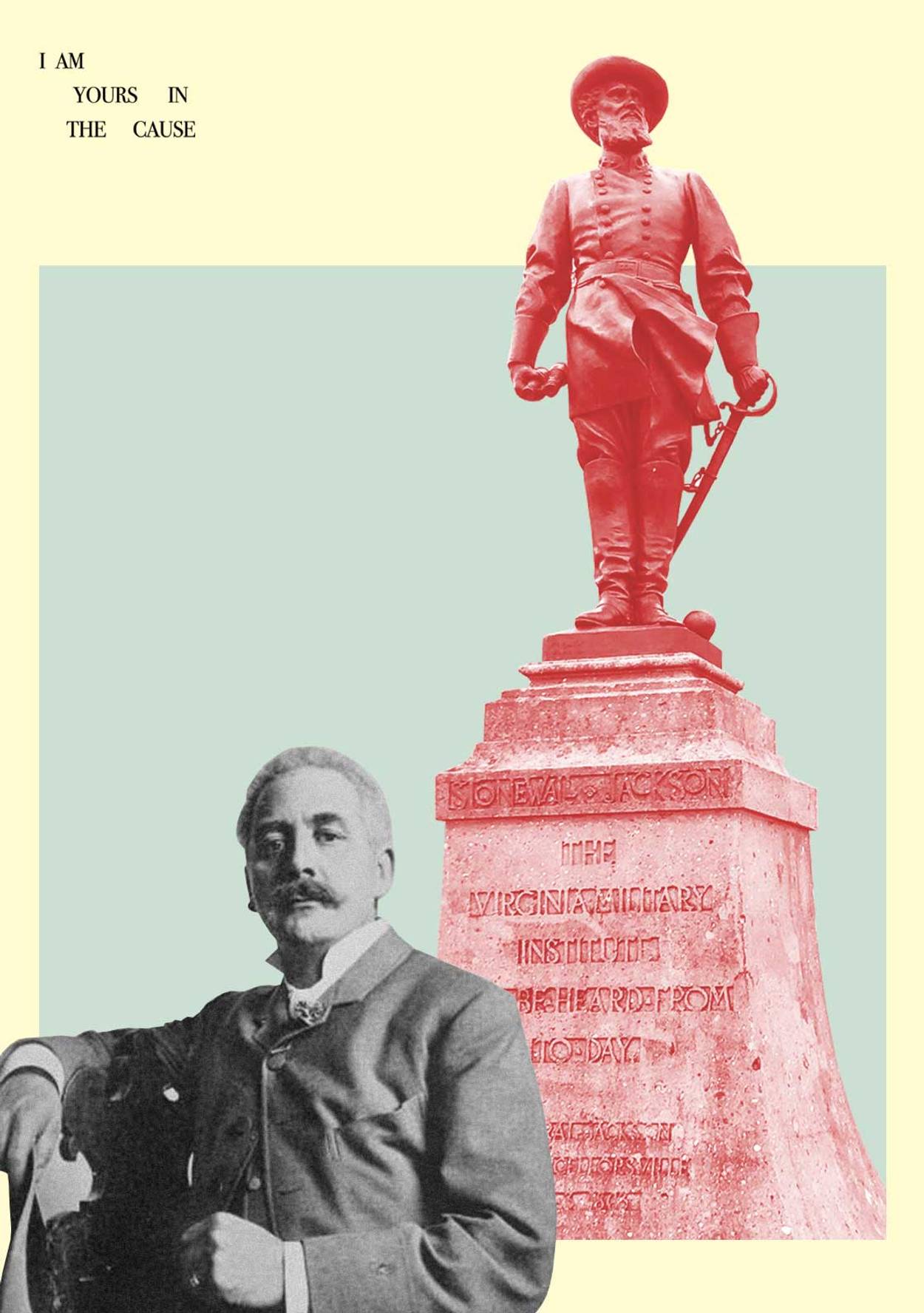 Legendarny krytyk i wydawca Leon Wieseltier rozpoczął wydawanie nowego pisma poświęconego “rehabilitacji liberalizmu”
Legendarny krytyk i wydawca Leon Wieseltier rozpoczął wydawanie nowego pisma poświęconego “rehabilitacji liberalizmu”
 W obronie obiektywności i liberalizmu
W obronie obiektywności i liberalizmu
Jeff Jackoby
Jednym z najbardziej deprymujących zjawisk ostatnich lat jest zanikanie obiektywizmu na wielu obszarach dziennikarstwa i nauki.
Zawsze pryncypialna zasada neutralności, przekonanie, że wierność faktom niezależnie od tego do jakich wniosków mogą prowadzić i niezależnie od tego, kogo wzmacniają w politycznych przepychankach, była raczej kwestią wartości niż rygorystycznie przestrzeganej zasady. Uczciwość była jednak traktowana jako ideał. Ten ideał był często naruszany, ale nawet jeśli naturalne ludzkie skłonności nazbyt często popychały reporterów, wydawców, profesorów i badaczy, do naginania badanych faktów do ich ideologicznych przekonań, przynajmniej w teorii panowała zgoda, że wierność prawdzie i bezstronność są samym fundamentem dziennikarstwa, nauczania i pracy badacza.
Tak już jednak nie jest. Obiektywność nie jest już tylko naruszana, jest wręcz pogardzana. Tę zmianę było widać od dawna, jednak w czasach Trumpa ta pogarda jest już otwarta i aprobowana.
“Od lat byłem w chórze dziennikarzy głównego nurtu, który wzywał naszą profesję do porzucenia pozorów obiektywności jako pożądanego standardu dziennikarstwa” -deklarował w czerwcu 2020 Wesley Lowery w obszernym eseju na łamach „New York Times”. Wzywał dziennikarzy “by koncentrowali się raczej na sprawiedliwości, mówiąc prawdę na ile to jest możliwe, w oparciu o kontekst i dostępne fakty” i przekonując, że dziennikarze nie powinni się zobowiązywać do wyłączenia osobistych poglądów ze swoich doniesień.
Pisał między innymi, że “moralna jasność żąda, by politycy, którzy posługują się rasistowskimi stereotypami i aluzjami, niezależnie jak zręcznie, byli nazywani jednoznacznym językiem i bez chowania dowodów. Rasizm, jak wiemy, to nie to, co kryje się w głębinach ludzkiego serca. To sprawa słów i czynów. Bardziej agresywne oddanie prawdzie ze strony prasy pozwoli naszej profesji, by wreszcie to przyznać.” Innymi słowy, nie wystarczy rzetelna prezentacja tego, co polityk powiedział i pozwolenie czytelnikom na wyciąganie własnych wniosków. Nielubiany polityk ma być dosłownie przedstawiony jako rasista, lub jako kłamca, tak by nie było żadnych wątpliwości na temat wniosków, jakie zdaniem redakcji czytelnicy mają wyciągać.
Lowery podkreśla, że nie jest to tylko jego pogląd, że “chór dziennikarzy głównego nurtu” głośno i wyraźnie odrzuca obiektywność.
“Obiektywność jest martwa i mnie to nie przeszkadza” – pisał dziennikarz Lewis Wallace w eseju opublikowanym w Internecie na tydzień przed inauguracją Donalda Trumpa w 2017 roku. “Dla mnie neutralność jest niemożliwa i powinieneś przyznać, że jest niemożliwa również dla ciebie.” Odżegnując się od neutralnego informowania i bez opowiadania się po jednej stronie, Wallace nawołuje, by dziennikarze włączyli do informacji swoje przekonania polityczne:
„Będą nam zarzucali polityczną poprawność, nazwą nas liberałami i lewakami. Nie powinniśmy się tym przejmować, ani pracować tak, żeby tego uniknąć. Nie mamy na to czasu. Zamiast tego musimy trzymać się faktu, że aby móc opowiedzieć i promować głosy zmarginalizowanych i uciśnionych, nie można przyjmować neutralnego stanowiska obserwatora stojącego z boku, ale musimy stanowić ważny front w gorącej bitwie przeciw, ciasnym umysłom, tyranii, instytucjonalnej opresji, które narażają na szwank wszystkie nasze wolności.”
Jeśli czytasz, którąś z głównych gazet lub śledzisz jedną z głównych stacji telewizyjnych od wielu lat, to wszystko nie jest dla ciebie nowe. Podobnie jest, jeśli prenumerujesz od dłuższego czasu jakieś pismo popularnonaukowe, lub jeśli śledzisz, co dzieje się na uniwersyteckich kampusach. Odrzucenie obiektywności jako ideału w nauczaniu i badaniu faktów jest dziś dobrze okopaną częścią ideologii elit. Jest to szczególnie widoczne w sprawach takich jak tożsamość grupowa, dotyczących rasy, gender, przynależności etnicznej i klas społecznych. Przywołajmy tu tylko jeden absurdalny przykład, kiedy w jednym z muzeów Smithsonian Institution promowano ubiegłego lata dokument dowodzący, że “obiektywne, racjonalne linearne myślenie” jest jednym z “założeń białości i białej kultury.”
A jednak obiektywność nadal ma swoich obrońców I to nie tylko na prawicy.
W eseju otwierającym Liberties, nowy kwartalnik poświęcony sztuce i polityce, znany krytyk i wydawca Leon Wieseltier broni z pasją sprawy “stabilności pośrodku turbulencji” i przekonuje, iż chociaż nasze subiektywne odczucia i rozumienie bólu innych jest istotne, nie może to prowadzić do usunięcia z pola widzenia faktów i trzeźwego rozważania. „Obiektywność – pisze Wieseltier – jest najmocniejszą podstawą sprawiedliwości, a ci, którzy pogardzają obiektywnością, igrają z ogniem.”
Uczucia są wrzaskliwą podstawą reform. Druga strona też ma uczucia – co zakończyło się pojawieniem się odrażającego narcyza w Gabinecie Owalnym. W demokratycznym społeczeństwie, reformy są wynikiem sporów i dyskusji, a uczucia niczego tu nie załatwią. Mogę nie mieć tych samych uczuć co ty. Do twoich racji nie przekona mnie twoje poczucie słuszności. Potrzebuję argumentów, żebym mógł się z tobą zgodzić; argumentów odwołujących się do zasad, do racjonalnego wyłożenia preferencji, do szerszych pojęć i wartości, które niezależnie od naszych uczuć możemy podzielać.
Bez obiektywności, bez próby osiągnięcia bezstronności, pozwalającej na prawdziwe rozważania sprawy, bez wyrwania się z naszości, sprawiedliwość w naszym społeczeństwie będzie oznaczać tylko to, co większość, uliczne masy, czy media (wszystkie nieprzewidywalnie kapryśne), będą chciały, żeby znaczyła… Nasz system swarów będzie się obsuwał coraz bardziej w system wzajemnych uraz, w którym odmienne opinie będą odrzucane jako z definicji fałszywe. Empatia, tam gdzie ona istnieje, będzie bezlitośnie selektywna i ograniczona do kręgu swoich. Zastygniemy w naszej pobudliwości. Ale żadne z pytań, które stawiamy jako społeczeństwo, nie może zyskać odpowiedzi z powodu wycia i wrzasków.
Część z tego co tu piszę zachwyci progresistów, część zadowoli konserwatystów. Ja nazywam to liberalizmem.
Wieseltier, który w 2017 roku został zwolniony z „Atlantic” w związku z historiami ujawnionymi przez ruch #MeToo, przyznaje, że reakcje innych na nasze zachowania mogą nas wiele nauczyć. Był zawstydzony i być może skruszony po ujawnieniu jego obcesowych zachowań wobec kobiet. Nadal jednak stoi zdecydowanie na stanowisku, że opinie innych ludzi nie stają się prawdą wyłącznie z powodu cnoty przynależności do jakiejś grupy.
Oświecenie, które zyskujemy dzięki opiniom innych, zależy od dokładności i trafności tych opinii. A to z pewnością nie jest uzależnione od przekonania, że grupowa tożsamość, sytuacja społeczno-ekonomiczna, czy doświadczenie trudności jest źródłem absolutnego autorytetu, specjalnego przywiązania do prawdy, jakiegoś pontyfikalnego przywileju. Byłoby zbyt proste, gdyby sam ból był wystarczającym gwarantem wiarygodności. Nie jest. Zgoła odwrotnie. Ból jest krótkowzroczny i koncentruje się na samym sobie, ponieważ boli… Nie jest tak, że całe klasy ludzi mają rację i nie jest tak, że całe klasy ludzi są w błędzie.
Erozja wartości konserwatywnych, obserwowana w ostatnich latach na prawicy, prowadziła z kolei do ksenofobii i izolacjonizmu, do utraty fiskalnej odpowiedzialności, do kultu jednostki. Towarzyszyła temu w równym stopniu cuchnąca erozja wartości liberalnych na lewicy. Kiedy liberalizm zaczął być wypierany przez progresywizm, naród amerykański utracił silną tradycyjną zdolność obrony podstawowych amerykańskich zasad głoszących, że jednostka nie może być oceniana na przez pryzmat rasy, że USA winny promować w świecie demokrację i prawa człowieka, że trzeba bronić wolności słowa, przeciwstawiać się cenzurze i że odpowiednio kontrolowana gospodarka rynkowa ma być kultywowana, a nie zniszczona.
Celem nowego pisma Wieseltiera, jest, jak pisze “argumentowanie i dawanie przykładu, tak w polityce, jak i kulturze, na rzecz rehabilitacji liberalizmu.” To godny pochwały projekt, życzę powodzenia Wieseltierowi i jego sojusznikom. (Pierwszy numer Liberties zawiera informacje o poparciu między innymi ze strony takich postaci jak Michael Ignatieff, Helen Vendler, Sally Satel oraz David Grossman.)
 Jeff Jacoby
Jeff Jacoby
Amerykański prawnik i dziennikarz, publicysta “Boston Globe” od 1994 roku.
Zawartość publikowanych artykułów i materiałów nie reprezentuje poglądów ani opinii Reunion’68,
ani też webmastera Blogu Reunion’68, chyba ze jest to wyraźnie zaznaczone.
Twoje uwagi, linki, własne artykuły lub wiadomości prześlij na adres:
webmaster@reunion68.com



